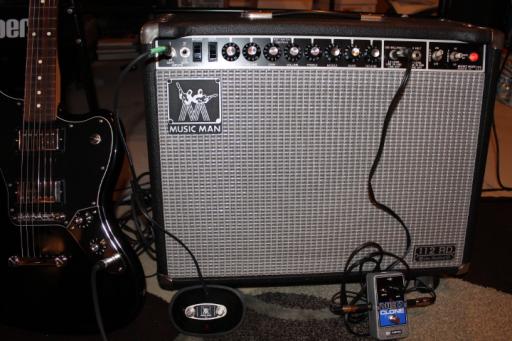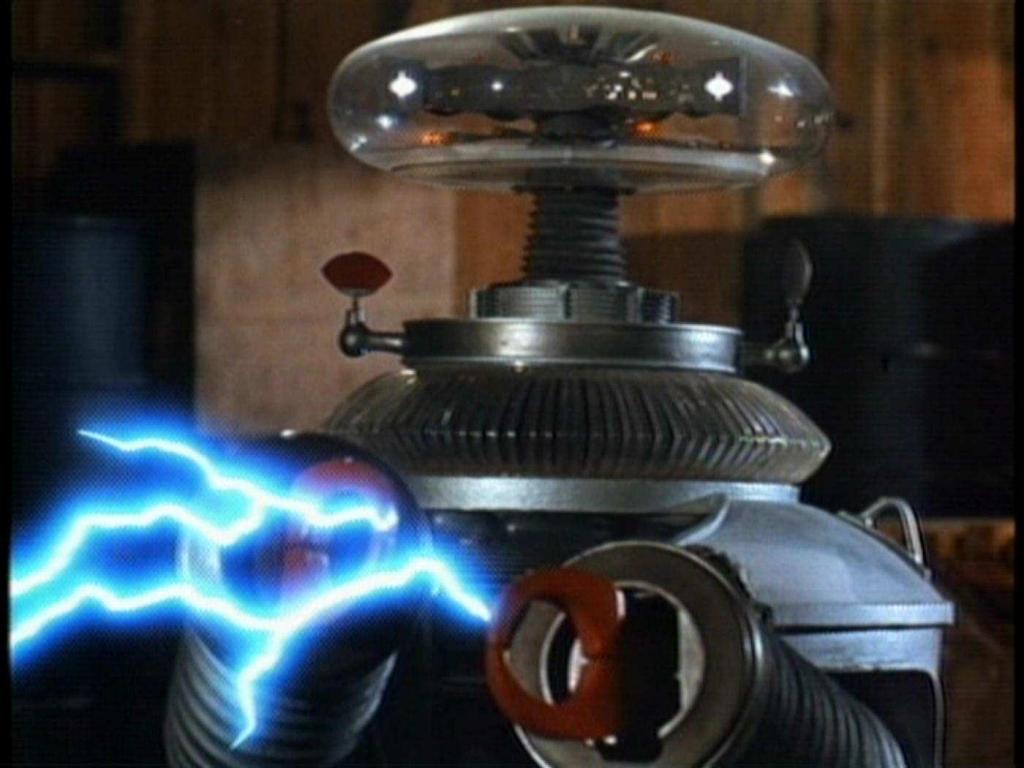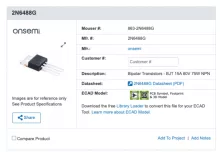212 Sixty-Five Channel 2 - Problems
Hi folks I recently purchased a used 1980 212 Sixty-Five amp. Solid state phase inverter. Chassis 2475-65.
When I got it, it worked but seemed a bit anemic. Yet everything seemed to work. I ordered new e-caps and diodes. All in the amp were original from 1980. I installed all the new e-caps only first, and flashed up the amp. Channel 1 is working great. Seems fine. Channel 2 is not working correctly. Lots of distortion and lower volume. Turing the dual-gang pot on channel 2, the low volume also cuts in and out. Severely distorted guitar signal. I went bank in and swapped in some of the new diodes I planned to change. I also swapped around some positions of op-amps. I set the bias to 25mV. No improvement to the problems with channel 2. I rechecked my work and polarity of all caps and diodes that I installed. All seems right to me.
I am new to solid state amps. Most of my hobby experience comes from building and repairing vintage Fender tube amps. I do have some diagnostic tools. I read up a bit on op-amps and went back to the circuit to test and learn some more. I plugged in a 4 ohm speaker, chassis out and up on the bench. I measured +16V and -16V power for all the op-amps.That seems fine. I hooked up a signal generator and input a fixed Hz signal into channel 2. I set up my CRT Oscilloscope to monitor the AC wave signal going in to the amp, channel 2 input. I chased the sine wave signal to the #3 op-amp input. The signal was the same as input at line 2 in-put jack. I then checked the output sine wave at op-amp 3 and saw the large increase in gain at pin 6. I believe this tells me op-amp 3 likely is working. (op-amp 3 is next in line right after channel 2 input). I tested the resistors around all the op-amps, all appear to be within spec. I tested the dual 68K channel input resistors, all good. I lifted 1 leg of all the coupling caps around several op-amps. All measured with my DMM. Nano-farads appear accurate as labeled on each cap. I am a bit stumped as my knowledge is limited. I can't quite find an obvious problem here.
I turned off the power and started tracing component connections by continuity checking. To learn the layout of the circuit compared to the schematic. I think my amp may be slightly modified as I am getting reverb out of both channels. I don't think this normal, when studying the schematic. I see a couple of wires and resistors added on top of the board, likely related to reverb to both channels I suspect. I suspect something is amiss with the dual gang volume pot at channel 2. The center lug on one pot, has no wire hooked up to to it. There are no spare loose wires anywhere in the chassis.
The past couple of days I have been troubleshooting. Temporarily inserting some new parts where I suspect there may be a problem. Any replaced parts that don't improve, are removed again and stock put back in. In my mind, I keep going to the channel 2 dual gang pot. It's making squawky noises now. As of this writing, now no signal at all is being amplified through channel 2. Possibly a component was failing, and now it's completely failed.
The dual gang pot. I suspect 1 pot is for volume control. Does the other pot somehow control the wet reverb mix coming back into the signal? I can upload photos and my schematic inquiries if someone here is able to assist with guiding me through this. A led light behind the PCB has really helped with quickly identifying the circuit track.
Thanks very much.
Keith
Member for
11 years 2 monthsMember for
2 years 4 months212-65 Follow Up
Through trial and error I have discovered that I have issues with either the op-amps or their related sockets. I have the amp working now. I’ll try getting some Deoxit to clean the socket connections. I did buy five new LM307H op-amps from Ali-Express. Those helped me narrow down the problem. Does anyone know if new op-amp sockets are available? I spent some time searching Google. No luck. Thx.
Member for
2 years 4 monthsI’m looking for ideas on
I’m looking for ideas on where to go next with my 212 Sixty-Five. Its a 1980 with solid state phase inverter. I’ve studied the schematic extensively, 2475-65.
I believe I have the circuit sounding very close to as it did new. Yet I’ve no other MM amps here to listen to and compare. I’m getting un-appealing break up at low volume. As low as 1-1.5 on volume knob on either channel. I have replaced a lot of the typical wearing & aged parts and more. I’ll provide a list of what I have replaced. Everything I’ve replaced seems to have improved the amp with each step.
I sourced 5 new round op-amps from China. I subbed them in where needed. I swapped around op-amp positions multiple times to ensure all are working properly. All pre-amp functions seem to work nicely. I checked and tested resistors and capacitors around each op-amp. Measured good.
Replaced every e-cap in the amp including main tube power supply caps, all e-caps on main board, bias board and phase inverter board.
Replaced almost every diode with brand new. Including diodes in main board, bias board and phase inverter board.
Swapped in new EL-34 power tubes and set bias to 25 mA.
Replaced both Bi-polar PNP chips on the PI board heat sinks.
Cleaned all pots and op-amp sockets with de-ox-it. I replaced channel 2 dual-gang volume pot. Replaced the master volume pot. I inspected all connections with a light and magnifying glass.Touched up any that were suspect. I hooked up a different speak cab to try other speakers. No improvement.
I’m leading toward the issue being after the pre-amp circuit as the break up occurs no matter what channel I use.
Measuring the b+ voltage:
Low position 498V
Hi position 746V
No apparent difference in sound between hi and low settings.
Pre-amp voltage is nicely sitting at 16V.
I have not yet replaced the dual op-amp LM1458 on the PI board.
I’ve experimented with various single coil and hum-bucker guitars. Trying both inputs. in both channels. No improvement noted.
A bit about my experience:
I am an amp electronics hobbyist. I have some tools and decent tube amp experience. I’m self taught. I read books and am always learning. I’ve successfully built about 10 tube amps. Repaired many others.
Perhaps my next step is to again insert a sine wave signal and try tracing it with my cathode-ray oscilloscope. Also replace the dual op-amp on the PI board. Maybe OT is weak or saturating?
Any other ideas on where to go next are appreciated.
Thanks in advance.
Keith
Member for
2 years 4 monthsI am reporting back on my amp
I am reporting back on my amp repair. Hoping to to document my findings for future Music Man 212 Sixty-Five amp owners.
Originally I sourced 7 new Made in China Current production LM307H op-amps. They were creating undesirable distortion.
I then sourced 7 new NOS Motorola LM307H op-amps from E-bay. They are stamped "Made In Korea". I put them in the amp and turned it on. Seemed like I had loose connections somewhere.
I removed all the Motorola op-amps again and cleaned them with de-ox-it. Reinstalled and voila! We gad all amp functions working properly and sounding good. I still had a little
touch of unwanted distortion at all times. I adjusted the output tube bias, cooled it down a bit and the amp sounds great. Exactly what I expected it to sound like. The amp is very loud and clean. As I turn up each
channel's volume the pre-amp section starts to distort a little. At about 4.5-5 on the channel volume knob.
Seems this is expected in the original design and it sounds nice. I used the master volume to control overall volume while cranking up pre-amp volume.
A couple of things in summary:
The current made in China LM307H op-amps did not work well in this MM amp. They emitted some nasty distortion. By swapping the old and new Chinese op-amps in, I was able to confirm the new Chinese quality was certainly inconsistent. All the NOS Motorola op-amps seem to work great and the amp now sounds great.
A list of parts I did replace while servicing my amp:
All e-caps on main board, the bias board, on phase inverter board, B+ caps under dog house on bottom of chassis.
All new Diodes through out the various circuits
7 New NOS LM307H op-amps
A matched pair of EL34 power tubes
2 PnP JE1692 Transistors on PI board heat-sinks
1 qty 10K Linear Master volume Pot
1 qty Channel 2, Double gang volume pot (stock spec is one 10K linear & one 10K audio pot. Could not locate. Installed a dual gang 10K linear. Sounds great)
Cleaned any connections, jacks, pots, with de-ox-it
Set Bias
Member for
11 years 2 monthsWhich PNP JE1692 Transistors
Sounds like a great over-haul. Glad that it is running nicely.
What spec PNP transistor did you use to replace the JE 1692 transistors?
The JE1692 are the lynch-pin of the the circuit, so it would be good to know exactly what you used and the source of them as well.
Thanks!
Member for
11 years 9 monthsI also remember a few years
I also remember a few years ago, the guys talking about how out of balance the driver transistors were and getting distortion there. You could search here for that also. I remember SOMEWHERE the really smart people (certainly not ME!) were talking about how to balance the transistors to get even drive. Kind of like getting the PI tube to be evenly balanced, which I HAVE run into. Mike.
Member for
2 years 4 monthsMember for
11 years 8 monthsBalancing
Much of the imbalance comes from the R51 R52 R58 R59 R65 R68 470 Ohm resistor network around the driver transistors. This is because they only had 5% tolerance components back when the amp was made. We have much better 1% tolerance resistors today and replacing the network with 1% tolerance resistors will get the circuit much more balanced than stock. Also, replacing the 3.9 ohm 1W emitter resistors with 1% 2W ones is icing on the cake. Stand them off the PCB for better heat dissipation. If you're ordering 2N6488Gs from Mouser, hopefully they come attached to the auto-loader tape and have the same date code. If they do, there's a good chance they were made from the same batch of silicon in the same oven and should have identical characteristics. Do all that and the tubes should balance within a few millivolts of each other. Good luck. -mgriffin





BackLight - Great Idea!
I can’t help with the diagnostic part…but the use of the backlight on the PCB is genius.
You don’t mention anything about the Tremelo/vibrato circuit. It appears the foot switch activates the Reverb and Tremelo/Vibrato circuits…with Reverb available to both channels, and Tremelo only on Channel 2?
Good luck with the repair.